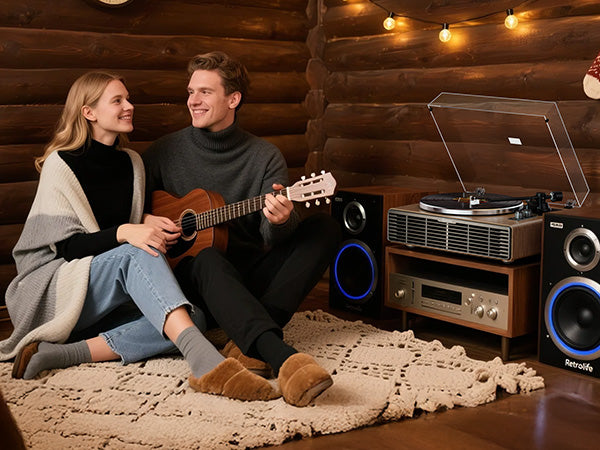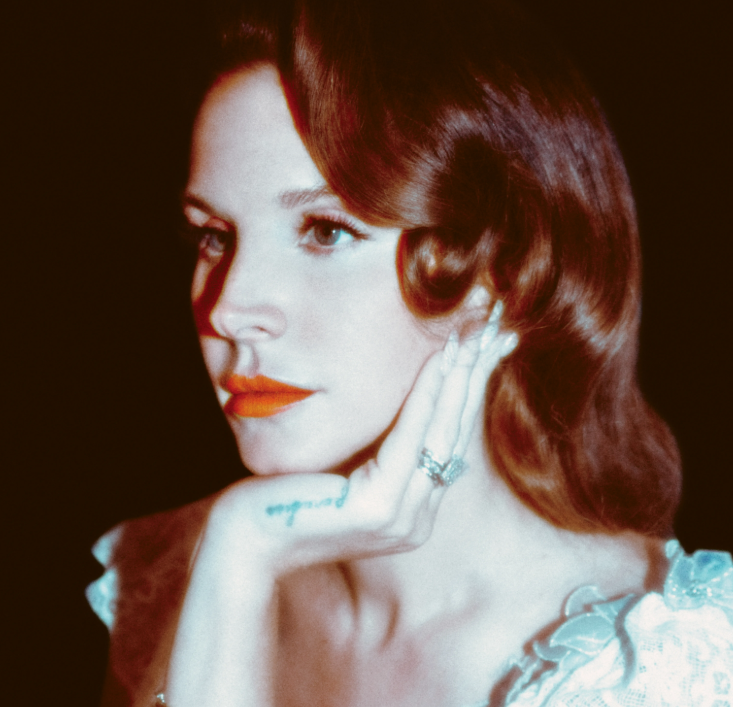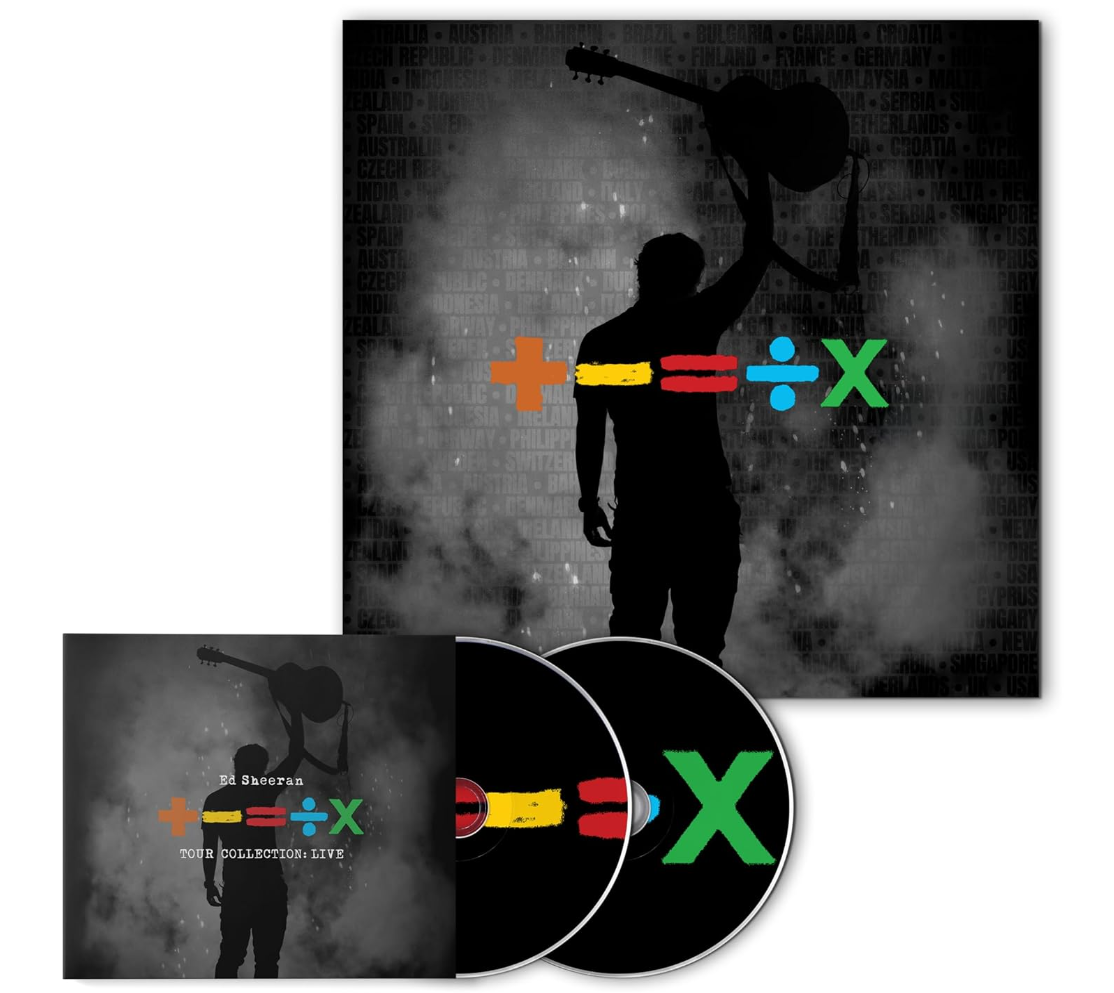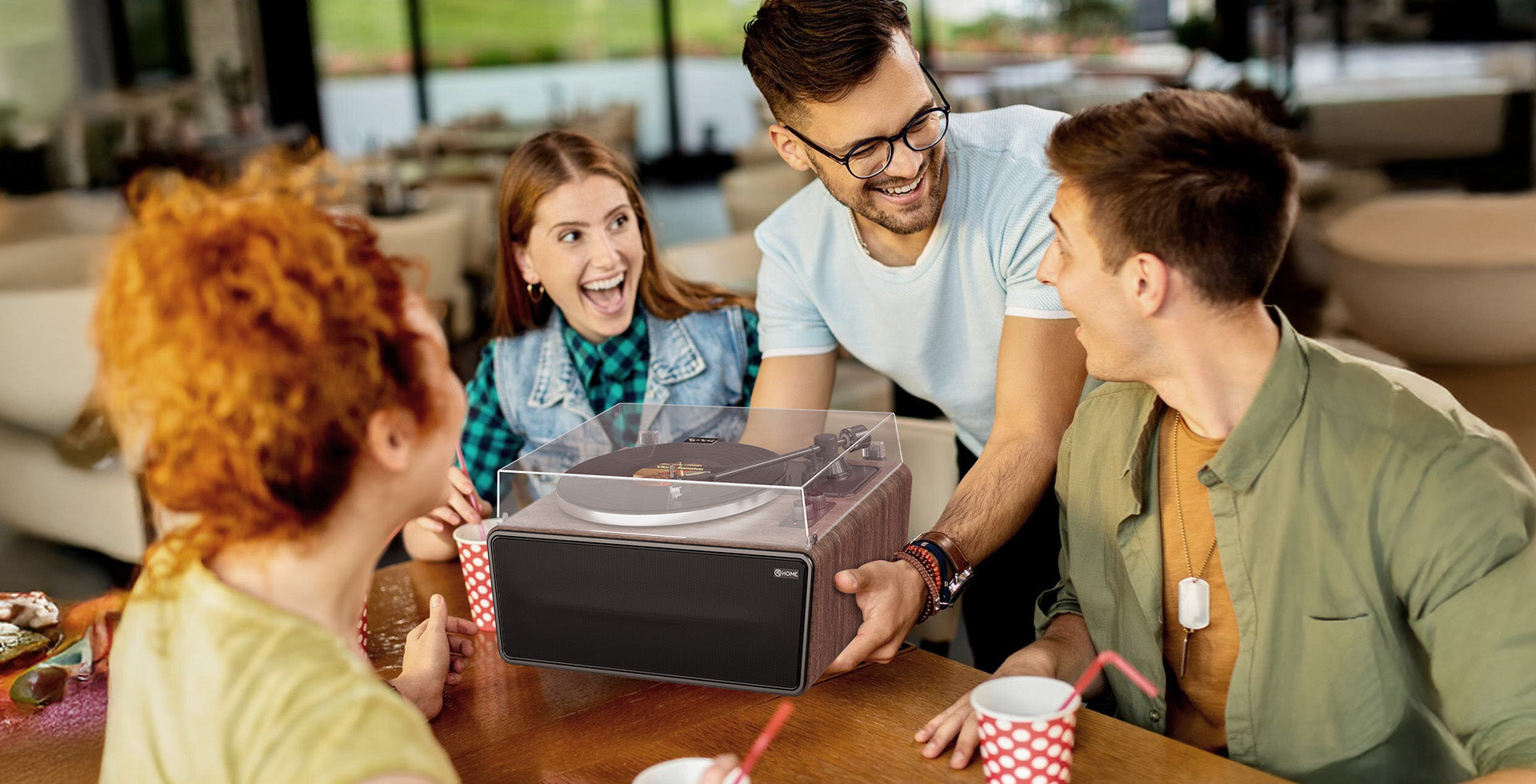The resurgence of vinyl records has transcended mere nostalgia, becoming a cornerstone of pop culture aesthetics in 2025’s music scene. Once relics of the past, turntables are now iconic symbols of a retro-chic vibe, embraced by artists like Lana Del Rey to craft a distinctive visual and sonic identity. Del Rey’s melancholic melodies and vintage-inspired persona exemplify how vinyl players amplify an artist’s aesthetic, blending Americana, Hollywood glamour, and retro romanticism to captivate fans and shape modern pop culture.
Vinyl as a Symbol of Lana Del Rey’s Aesthetic
Lana Del Rey’s music and image are steeped in retro aesthetics, drawing heavily from 1950s–1970s Americana and cinematic nostalgia. Her album covers, music videos, and live performances evoke a dreamy, vintage world—think drive-in theaters, flower crowns, and sepia-toned romance. Vinyl records and turntables are natural extensions of this persona, serving as functional tools and cultural artifacts. In 2025, as Del Rey prepares to release her tenth studio album, Classic (originally titled Lasso and The Right Person Will Stay), her embrace of vinyl underscores its role in her pop culture narrative. With its country-inflected Americana influences, the album is poised to resonate with fans who cherish vinyl’s tactile and visual appeal.

Del Rey’s vinyl releases, such as Born to Die (2012) and Ultraviolence (2014), are not just music carriers but art pieces. The Born to Die cover, shot in Carpenders Park, Watford, features Del Rey in a sheer blouse against a pastel sky, with the Steelfish typeface evoking pulp fiction and comic book aesthetics. Ranked among the best album covers by Complex, it captures her detached yet flawless persona, making it a coveted display item for turntable setups. Similarly, Ultraviolence’s black-and-white cover shows Del Rey leaning against her Mercedes-Benz 380SL, channeling film-noir melodrama, perfect for vinyl collectors who treat sleeves as wall art. When spun on a turntable or propped beside one, these covers become focal points in retro-inspired interiors, amplifying Del Rey’s aesthetic influence.

Turntables as Cultural Props in 2025
In 2025, turntables are more than music players; they’re style statements that anchor the retro vibe of artists like Lana Del Rey. Modern record players, such as those from Victrola, blend vintage design with contemporary technology, offering Bluetooth connectivity and sleek finishes that complement mid-century modern or bohemian decor. User reviews praise their rich sound and retro appeal, noting how they “recapture the vinyl magic” in open-concept living spaces. This fusion of old and new mirrors Del Rey’s music, which pairs orchestral pop and trip-hop with modern production by collaborators like Jack Antonoff.
Del Rey’s fans, often young women drawn to her coquette and cottagecore aesthetics, integrate turntables into their lifestyle. Social media platforms like Instagram and Pinterest showcase vinyl setups with Del Rey’s sleeves—Chemtrails over the Country Club’s old-money aesthetic or Blue Banisters’ yellow sundress vibe—styled alongside lace curtains, vintage lamps, and thrifted trinkets. Posts on X highlight this trend, with fans noting that vinyl is “part of the world that Lana created,” inspiring collections and retro decor. Her album covers, with their hyper-feminine and Americana elements, resonate with fans who emulate her soft, nostalgic style in their fashion and home spaces.
The Vinyl Boom and Del Rey’s Influence
The vinyl revival is a cultural phenomenon, with sales in the U.S. reaching $1.2 billion in 2024, driven by pop artists like Lana Del Rey, Taylor Swift, and Olivia Rodrigo. Rolling Stone notes that mainstream pop now leads the vinyl boom, with Del Rey’s releases among the fastest-selling for their aesthetic appeal. Her 2021 album Chemtrails over the Country Club became the UK’s fastest-selling vinyl by a female artist that century, underscoring her influence on vinyl culture. In 2025, as Del Rey gears up for her UK and Ireland stadium tour and Stagecoach Festival performance, her vinyl releases for Classic are expected to fuel this trend, with singles like “Henry, Come On” and “Bluebird” already generating buzz.
Del Rey’s music videos and live performances further cement turntables as pop culture props. Her early videos, like “Video Games” and “Blue Jeans,” used Super 8 footage and vintage clips to craft a homemade, retro aesthetic that went viral on YouTube. This DIY approach aligns with vinyl’s tactile charm, encouraging fans to seek physical media over streaming. Her 2025 tour, featuring cinematic staging and country-infused sets, will likely incorporate retro elements, with turntables as potential stage props to evoke her Americana roots.
Vinyl as a Fan Connection
For Lana Del Rey’s fans, vinyl records are a tangible link to her enigmatic persona. Unlike digital streams, vinyl offers a ritualistic experience—flipping the record, placing the needle, and admiring the sleeve—that mirrors Del Rey’s intimate, vulnerable songwriting. Her lyrics, as in “Summertime Sadness,” evoke personal loss and nostalgia, resonating with fans who see vinyl as a way to “own a piece of her art.” Retailers like HMV and Amazon report strong demand for Del Rey’s vinyl LPs, with exclusive editions—like Ultraviolence’s Urban Outfitters torn-jeans cover—selling out quickly.
Vinyl also ties into Del Rey’s relatable image. Despite her global fame, she maintains a small-town vibe, having been spotted thrifting or working a Waffle House shift, which endears her to fans. Her vinyl releases, often paired with posters or photo cards, feel like personal keepsakes, encouraging fans to create aesthetic displays that echo her coquette and retro style. X posts emphasize this, with one fan noting that Del Rey’s vinyl inspires a vintage lifestyle, from collecting records to decorating with retro flair.
The Future of Vinyl in 2025
As 2025 unfolds, turntables and vinyl will remain integral to Lana Del Rey’s pop culture aesthetic. With its Americana and Southern Gothic leanings, her upcoming album Classic is poised to release special-edition vinyls that will dominate Instagram feeds and collector markets. Music retailers like Norman Records report weekly vinyl releases as a growing trend, with limited editions driving fan engagement. Del Rey’s influence extends beyond music, shaping fashion, decor, and lifestyle trends that celebrate the retro vibe of turntables.
In a digital age, Lana Del Rey’s embrace of vinyl players underscores their enduring allure. Turntables are not just playback devices but cultural symbols that amplify her retro-chic persona, connecting fans to a bygone era through music and art. As 2025’s music scene evolves, Del Rey’s vinyl legacy—and the turntables that spin it—will continue to define the pop culture aesthetic, proving that nostalgia is a timeless art form.





Leave a comment
All comments are moderated before being published.
This site is protected by hCaptcha and the hCaptcha Privacy Policy and Terms of Service apply.